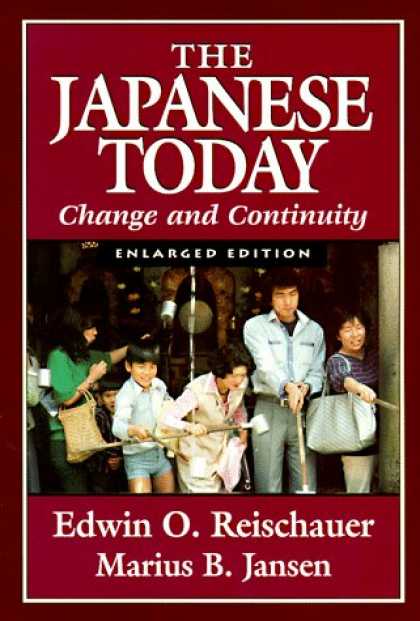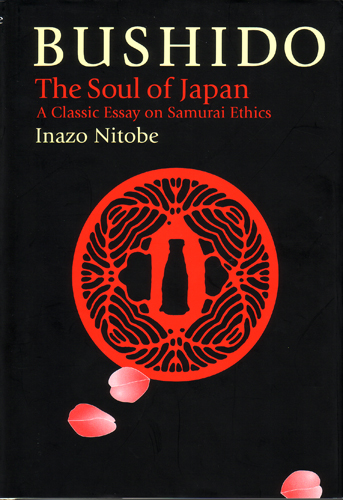 Hagakure is the closest book there is to a manual on the warrior spirit of Bushido. Unlike Nitobe's Bushido, which was written for foreigners, Hagakure was written for the samurai themselves. The book is filled with short quotations and anecdotes, which, rather than explaining Bushido explicitly, give subtle inside as to what Yamamoto understands Bushido to be about. Yamamoto's main premise is that to live as a warrior is to live as though one were already dead.
Hagakure is the closest book there is to a manual on the warrior spirit of Bushido. Unlike Nitobe's Bushido, which was written for foreigners, Hagakure was written for the samurai themselves. The book is filled with short quotations and anecdotes, which, rather than explaining Bushido explicitly, give subtle inside as to what Yamamoto understands Bushido to be about. Yamamoto's main premise is that to live as a warrior is to live as though one were already dead.This book appears to stay far truer to the Japanese ethics of Bushido than Nitobe's Bushido. However, it may not be nearly as easy for foreigners to understand. Many times, Yamamoto simply tells an anecdote without explaining its meaning, reasoning that his audience should understand how it connects to Bushido. Thus, a prior understanding of the Japanese culture to the extent of being intuitive is crucial to understanding Hagakure.
Discussion Questions:





